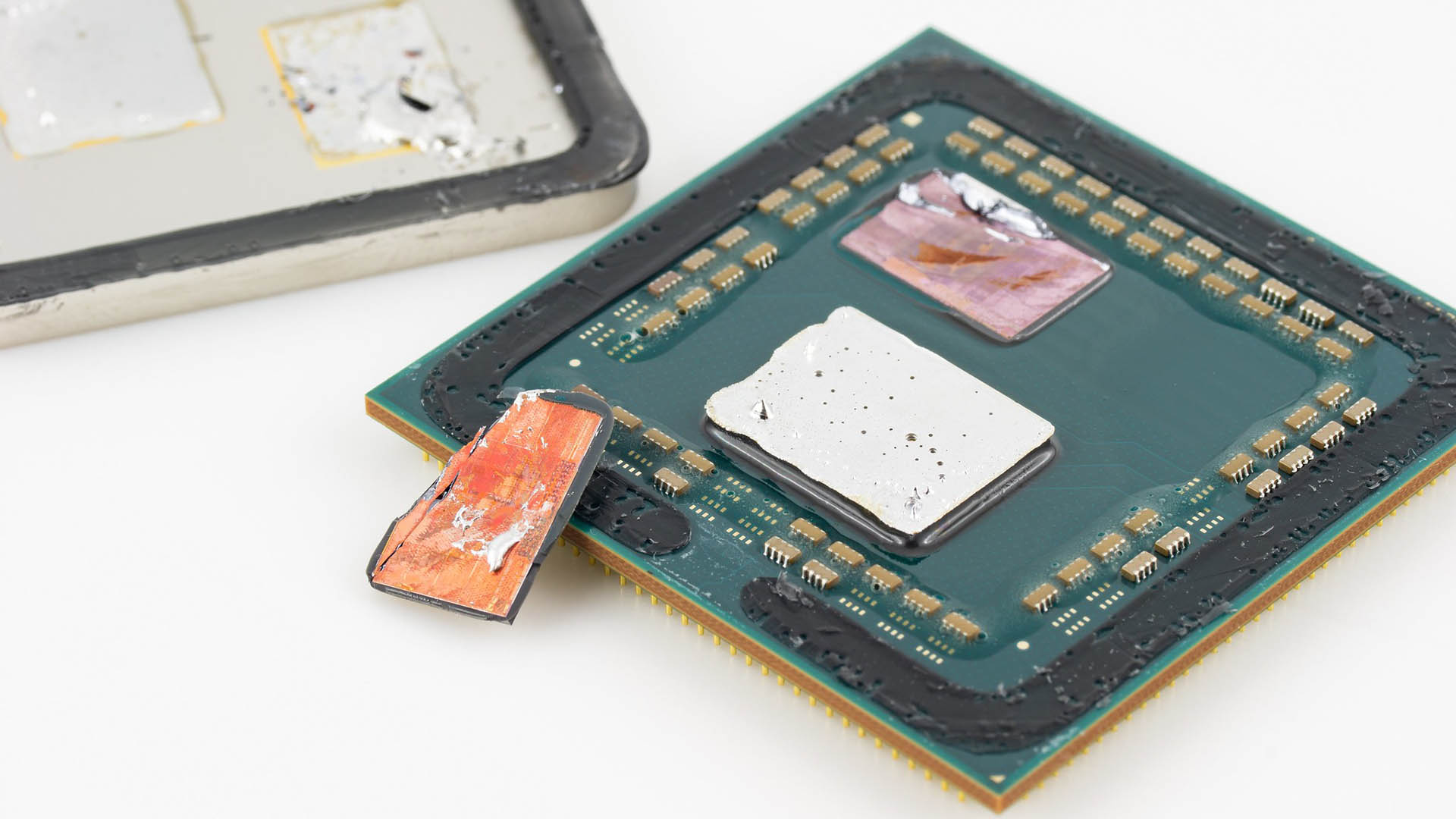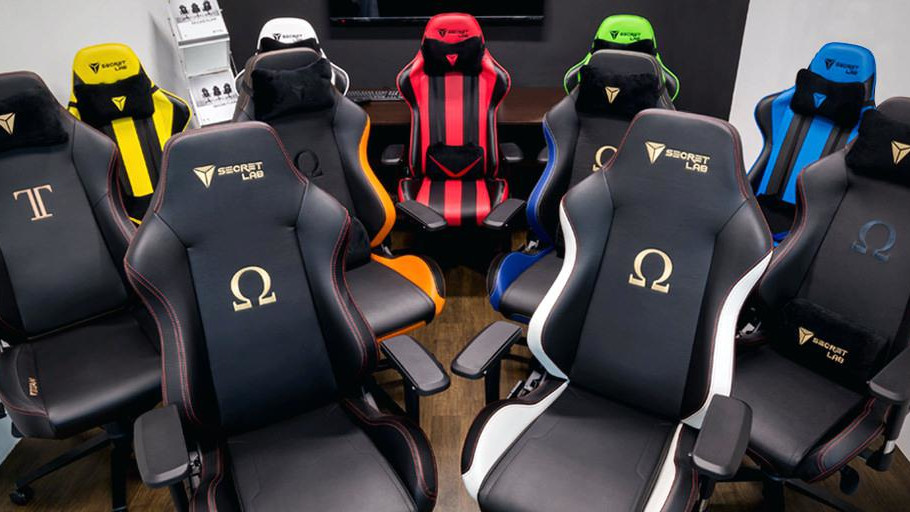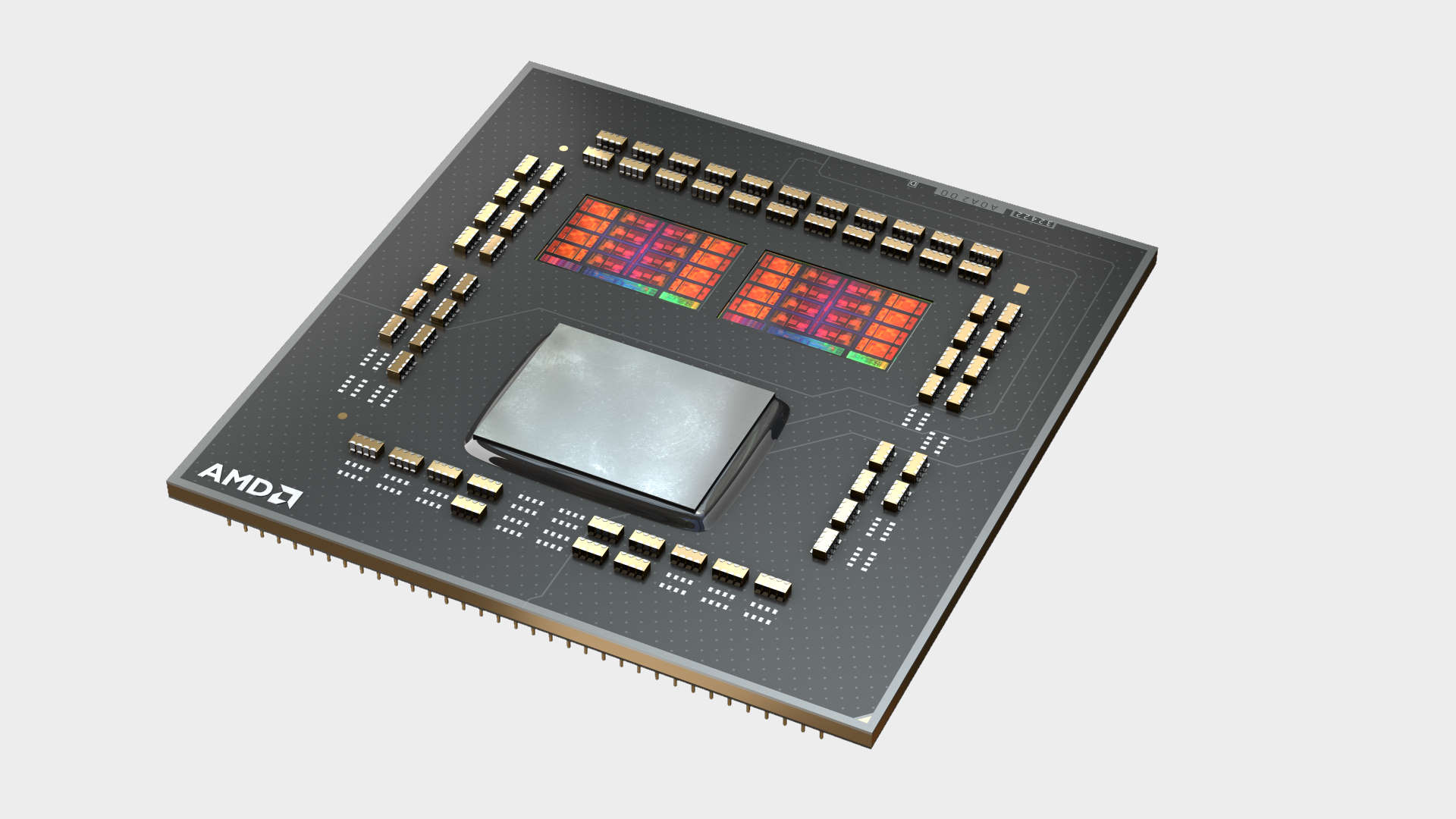AMD agrees to $1.6B in new chips from GloFo for its manufacturing freedom
AMD is so close to complete manufacturing independence.

AMD has finally been unleashed from any exclusivity deals with GlobalFoundries, its original manufacturing arm. While AMD has been free of pesky GloFo royalties for a while, and free to pursue chips from other manufacturers at 7nm and smaller, it's still beholden to a Wafer Supply Agreement with its ex-fab for 12/14nm chips. With the latest amendment to that agreement, however, those exclusivity clauses are now all but old news.
AMD announced the change within an 8-K filing to the SEC, which is required when a company wishes to announce something significant to shareholders. In the filing, AMD outlines an amended and restated Seventh Amendment to its Wafer Supply Agreement. That's an amendment to its amendment, in case you were wondering.
This amendment gives AMD the freedom to pick up any process node, from any manufacturer, whenever it so chooses. That's a slight change on what came before, which had allowed AMD to source "7nm and beyond" chips from whomever, but also meant it was committed to all 12nm and larger chips from GlobalFoundries, hence why the I/O chips in its Ryzen processors had to come from its old manufacturer.
"The A&R Seventh Amendment modifies certain terms of the Wafer Supply Agreement applicable to wafer purchases at the 12 nm and 14 nm technology nodes by the Company for the period commencing on May 12, 2021 and continuing through December 31, 2024," the WSA reads.
"…The A&R Seventh Amendment also removes all prior exclusivity commitments and provides the Company with full flexibility to contract with any wafer foundry with respect to all products manufactured at any technology node."

Best chair for gaming: the top gaming chairs around
Best gaming desk: the ultimate PC podiums
Best PC controller: sit back, relax, and get your game on
So AMD effectively can now source its 12nm I/O dies from wherever, although it probably won't be looking to change supplier.
That's because this amended to the WSA also outlines a deal for AMD to purchase $1.6B worth of 12nm and 14nm chips from GloFo until 2024. That's a lot of chips, and while AMD is planning on shipping a lot of Ryzen and Epyc chips (all of which use 12nm I/O chiplets), that's still a big ask.
The biggest gaming news, reviews and hardware deals
Keep up to date with the most important stories and the best deals, as picked by the PC Gamer team.
"Further, the Company and GF agreed to pricing and new annual wafer purchase targets for years 2022, 2023 and 2024, and the Company agreed to pre-pay GF certain amounts for those wafers in 2022 and 2023… The Company currently estimates that it will purchase approximately $1.6 billion of wafers from GF for years 2022 to 2024 under the A&R Seventh Amendment."
If AMD doesn't fancy $1.6B in wafers from GloFo by 2024, it will have to cough up a portion of the cash to cover the inventory, anyways. So AMD might be keen to continue using some of GloFo's chips for years to come.

That's not as bad as it sounds. GloFo gave up on 7nm manufacturing, which leaves 12nm/14nm as its most modern mainstream process node. AMD uses these chips for I/O alongside core clusters manufactured using TSMC's 7nm process node. This works because I/O really doesn't benefit all that much from cutting-edge nodes, and AMD is able to save a lot of cash and not lose that much by sticking to 12nm.
AMD may then be looking to continue its use of 12nm I/O dies with future Ryzen desktop chips.
Amendments to the WSA have previously cost a whole lot of cash—AMD spent $340 million back in 2016 to amend its agreement with GloFo. It's not clear if there's any fee to pay for this amendment, however, as the agreement has been chopped and changed a lot recently to offer more flexibility without penalty.
And what do I think AMD should do with all those 12nm wafers? Bring back Polaris on a shoestring budget, that's what. But perhaps I just long for the days of surprisingly cheap, great graphics cards...

Jacob earned his first byline writing for his own tech blog. From there, he graduated to professionally breaking things as hardware writer at PCGamesN, and would go on to run the team as hardware editor. He joined PC Gamer's top staff as senior hardware editor before becoming managing editor of the hardware team, and you'll now find him reporting on the latest developments in the technology and gaming industries and testing the newest PC components.

